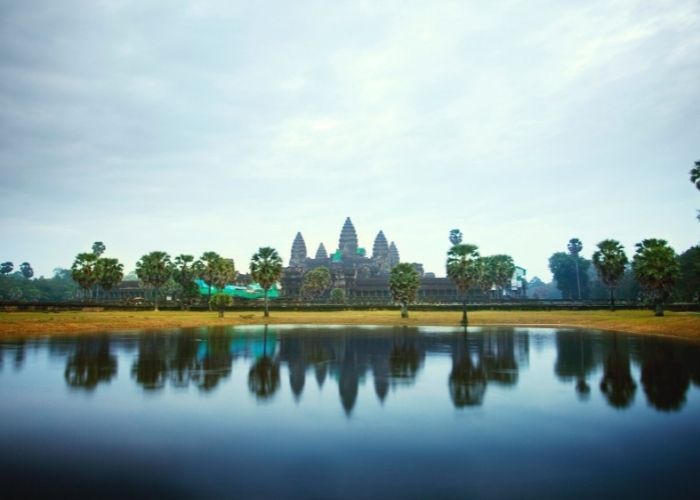Cambodia have the largest community of pileated gibbons in the world.
Cambodia’s efforts to protect its wildlife have paid off, as the country is now thought to have the greatest quantity of endangered pileated gibbons in the world.
According to the International Union for Conservation of Nature (IUCN), there are approximately 65,000 of these gibbons worldwide, with Cambodia having approximately 35,000 of them, mostly in the Cardamom Mountains, according to Environment Ministry spokesman Neth Pheaktra.
He also stated that the pileated gibbon is a rare species that is listed as endangered on the IUCN Red List and in Appendix I of the CITES Convention.

Pileated gibbons can be distinguished as female or male by their colouration, with the female being white with a black head and chest. Males are black until they are three to four years old, with the exception of the arms, legs, and hair around the genitals, which are white.
Pileated gibbons inhabit dense and semi-dense forests.
They typically live in small groups of two to five people, including a mother and her child. Pileated gibbons reach maturity at the age of six.
They spend a lot of time in tall trees and frequently jump from one to the other in the morning. Fruits, leaves, flowers, and insects make up the majority of their diet.
Pileated gibbons have a single offspring every two or three years after a 210-day gestation period.

The threats to the survival of these primates.
Poaching, exploitation, and habitat loss have all posed threats to the survival of these primates.
As a result, conservation organizations and law enforcement have worked tirelessly to prevent and prosecute wildlife crimes.
As part of an enthusiastic rewilding project in the forest enclosing the iconic Angkor Wat, the Apsara Authority, the Forestry Administration, and conservation NGO Wildlife Alliance released a pair of endangered pileated gibbons last year.









